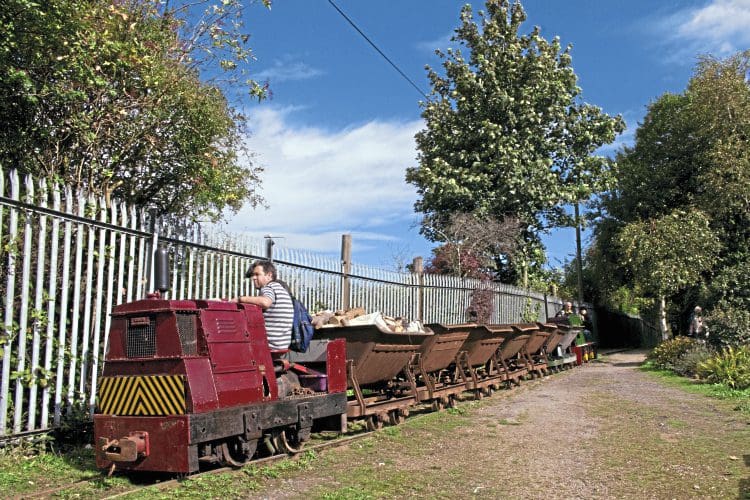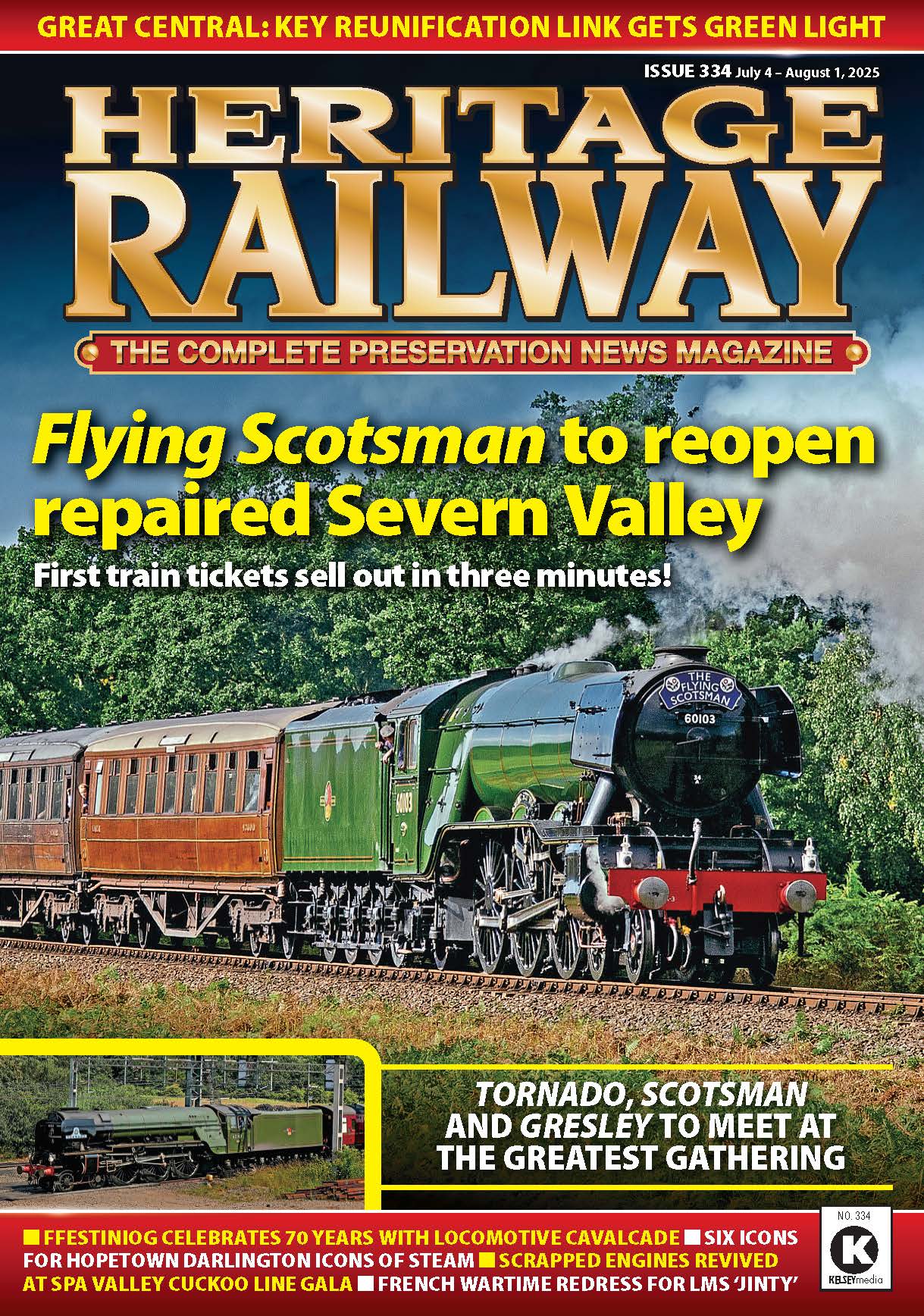Words and pictures by Stuart Chapman
MANY of Britain’s first railways – call them waggonways or tramways if you will – were built to link industrial sites with the nearest navigable waterway or port.
Horse-drawn affairs, they were soon superseded by steam railways, which ended up taking much trade from canals and replaced them as the premier mode of freight transport.
Enjoy more Heritage Railway reading in the four-weekly magazine.
Click here to subscribe & save.
Scenes of locomotives hauling wagons down to canalsides have all but long since been consigned to the history books.

However, in one area of Greater Manchester, the old tradition of railways and canals working in a close partnership with each other is being maintained – with narrow gauge locomotives used to transport goods around a working boatyard.
The Ashton Packet Boat Company is located on the site of the former Ashton Moss Colliery, also known as Snipe Pit. The colliery was opened in 1875 and included a standard gauge railway. In 1882 a second shaft was sunk and at 2850ft was the deepest in the world at that time.
The standard gauge line was used for transporting the coal from the mine down to the nearby Ashton Canal. The colliery owned a large number of its own coal boats and these were used to transport the coal to the various factories along the canal.
While the colliery was abandoned in 1959, the site continued to be used to service the adjoining mine. When that closed in 1966, the whole site was abandoned.
Read more in Issue 238 of HR – on sale now!
Advert
 Enjoy more Heritage Railway reading in the four-weekly magazine. Click here to subscribe.
Enjoy more Heritage Railway reading in the four-weekly magazine. Click here to subscribe.




